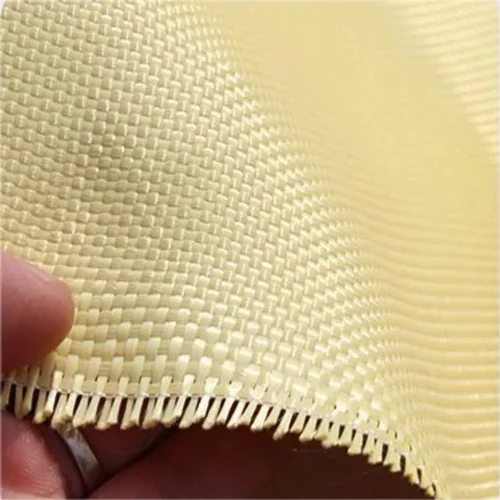In the world of advanced materials, aramid fiber has earned a strong reputation for being tough, resilient, and versatile. Often found in aerospace parts, bulletproof vests, and high-performance composites, this synthetic fiber continues to play a vital role in industries where strength and durability matter most. But what exactly is aramid fiber, and how does it compare to other fibers like carbon fiber or the widely known Kevlar? This article breaks it all down in clear, accessible terms.
What is Aramid Fiber?

Aramid fiber, short for “aromatic polyamide,” is a class of heat-resistant and strong synthetic fibers. These fibers are formed by spinning solid polymer chains that contain aromatic rings and amide bonds. Due to this molecular structure, aramid fibers exhibit remarkable thermal stability, high strength-to-weight ratio, and resistance to wear and abrasion.
First commercialized in the 1960s, aramid fibers are used in everything from protective clothing and composites to automotive parts and electrical insulation. Unlike natural fibers, they don't burn easily and maintain integrity under extreme conditions, making them ideal for safety-critical environments.
Is Aramid Fiber Better than Carbon Fiber?
The question of whether aramid fiber is “better” than carbon fiber doesn’t have a one-size-fits-all answer—it depends on the application. Here's a comparison sheet that highlights the key differences:
| Property | Aramid Fiber | Carbon Fiber |
| Strength | High tensile strength | Higher tensile strength |
| Weight | Very lightweight | Also very lightweight |
| Flexibility | More flexible | Rigid and brittle |
| Impact Resistance | Excellent (used in ballistic protection) | Poor (can shatter under impact) |
| Thermal Stability | Resists heat but chars above ~500°C | Stable up to 3000°C in inert environment |
| Electrical Conductivity | Non-conductive | Conductive |
| UV Resistance | Moderate to poor (degrades in sunlight) | Good |
| Cost | Generally lower than carbon fiber | Generally more expensive |
Aramid fiber is better for impact resistance and flexibility, while carbon fiber excels in stiffness and compressive strength. Applications that require crash protection or energy absorption (like helmets or armor) typically benefit more from aramid fibers, whereas structural components (like aerospace frames or bike parts) often favor carbon fiber.
Aramid Fiber’s Different Types
Aramid fibers come in two main categories, each suited to different applications:
Para-Aramid (e.g., Kevlar, Twaron)
Known for high tensile strength and used in ballistic armor, ropes, and aerospace composites.
Meta-Aramid (e.g., Nomex, Teijinconex)
Offers excellent heat and flame resistance but lower strength. Commonly used in firefighter suits, insulation, and flame-resistant clothing.
Some other trade names or derivatives also include Technora and Heracron, each designed for specific industrial uses with slight variations in molecular structure.
Is Aramid Fiber the Same as Kevlar?
Not exactly. While Kevlar is a type of aramid fiber, not all aramid fibers are Kevlar. Kevlar is a trademarked brand developed by DuPont in 1965 and refers specifically to a para-aramid fiber with high strength and exceptional resistance to cuts and impacts.
So, while people often use “Kevlar” and “aramid” interchangeably, Kevlar is just one brand among several that produce para-aramid fibers. Others include Twaron (by Teijin) and Technora (also by Teijin, with slightly different properties).
Properties of Aramid Fibers
Aramid fibers are prized for their combination of lightweight design and mechanical performance. Key characteristics include:
High Tensile Strength: Capable of withstanding intense pulling forces without breaking.
Thermal Resistance: Can function in high-temperature environments; para-aramids degrade around 500°C.
Abrasion Resistance: Outstanding wear resistance makes it ideal for protective gear.
Chemical Resistance: Resistant to organic solvents, oils, and fuels.
Low Creep: Maintains shape under long-term mechanical stress.
Non-Conductive: Electrically insulating, suitable for dielectric applications.
These properties make aramid fibers essential for safety, aerospace, automotive, and military sectors.
Aramid fiber isn’t just another synthetic material—it’s a game-changer in industries where strength, flexibility, and heat resistance are critical. Whether in the form of Kevlar body armor or Nomex firefighter gear, aramid fibers continue to shape the future of advanced materials. Understanding its properties, types, and how it compares to carbon fiber gives engineers, manufacturers, and end-users a clearer path to making the right material choice.



